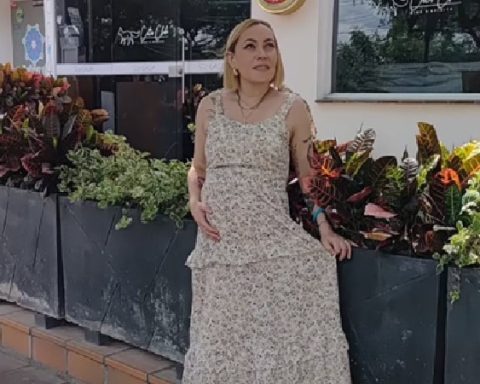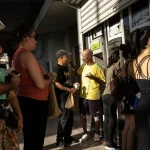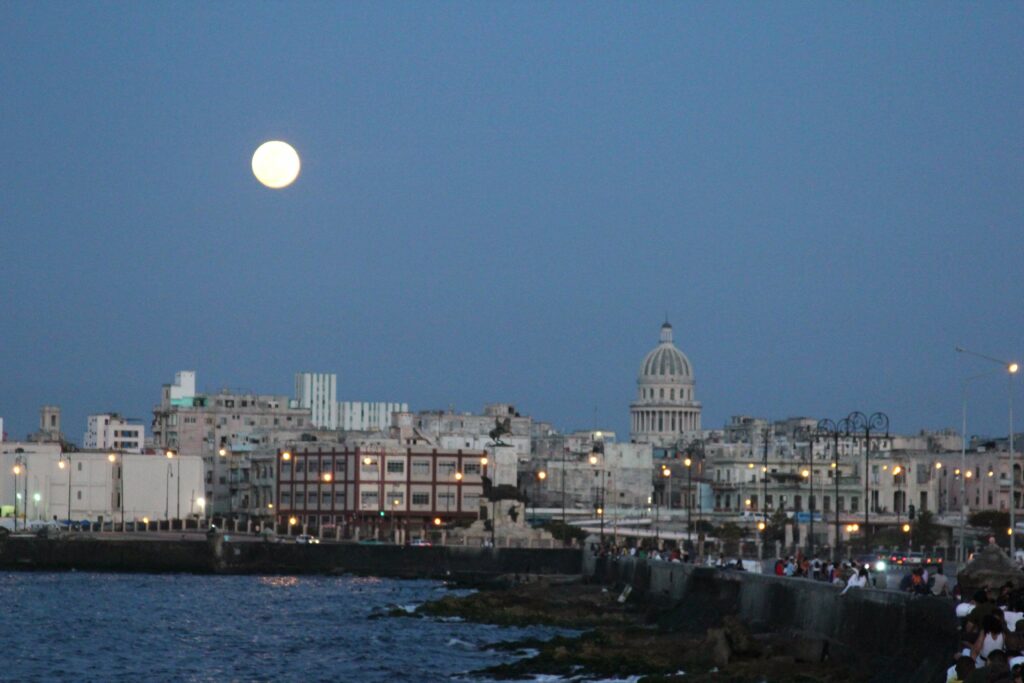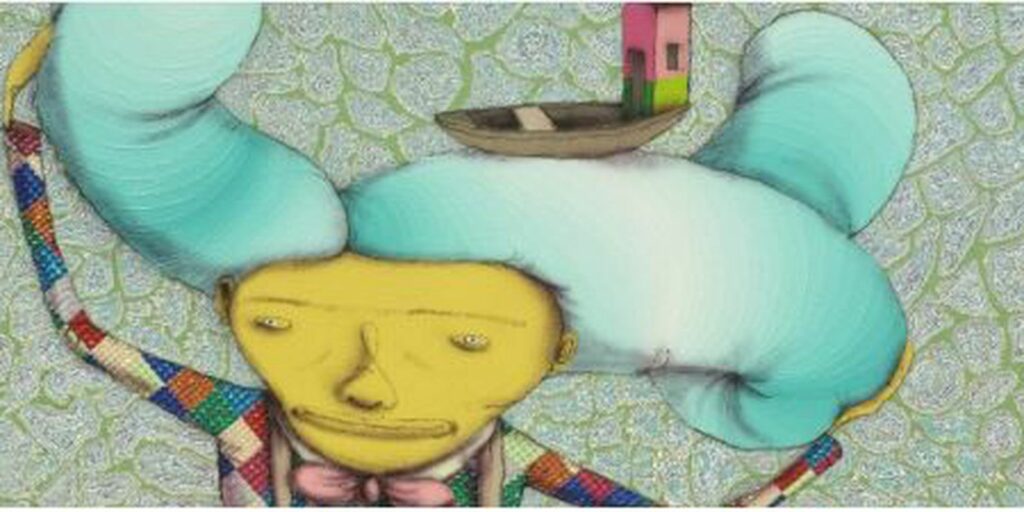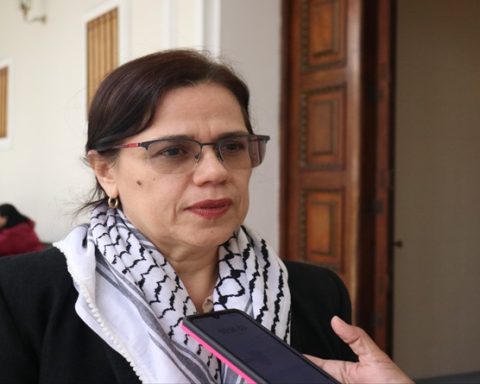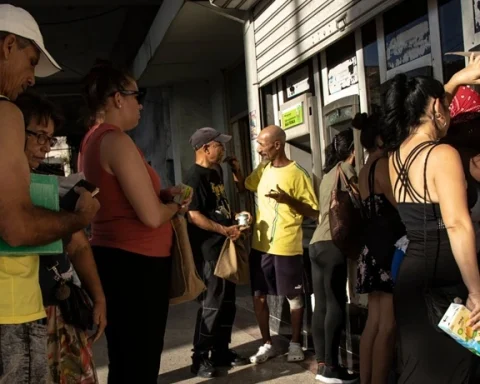The recent events of natural phenomena hitting the insular department of San Andrés, Providencia and Santa Catalina, have helped the community to be better prepared when the hurricane season begins in the Atlantic Ocean.
“However, we still don’t have everything it would take to prepare for a hurricane,” Governor Everth Hawkins Sjogreen explains.
(Changes in cities to be safer for women).
‘Iota’ (in 2020) and now ‘Julia’ leave the department with many lessons after the destruction they caused. Things like having alerts, turning on sirens, having self-shelters are decisive to preserve lives.
The Island does not have the resources to undertake all the necessary works to resist this type of natural phenomenon, and therefore it advances in what it can build, without neglecting the pressing needs of the department. In that sense, “We approved the contracting of early warnings. Which is a technical document on how to proceed, what kind of shelters to have, including evacuation plans and sirens”, explains Everth Hawkins Sjogreen.
That document will also specify how it must be built to withstand winds of 230 kilometers per hour. Today San Andrés has some shelters, but they are not designed to withstand major events.
(Selling Colombia as a country that is very good to invest: Ocampo).
‘Julie’
Hurricane ‘Julia’, a category one, left two injured and ‘slight’ damage to homes and infrastructure as it passed through San Andres last Saturday night.
The authorities immediately began to characterize the affected population, and the government headed by the president, Gustavo Petro, was present to design an aid package for the population.
Taking advantage of the current presence of a company specialized in roofing houses, it was assigned the task of expanding its spectrum of action to attend to the new victims.
After his visit to the island, Petro assured that he saw “slight problems” because “in the end the hurricane was not strong,” and highlighted the damage to the roofs of some 100 or 200 homes.
The Government will provide support for the reconstruction of the roofs and seeks that the work be carried out by local labor, with the advice of construction experts so that they can withstand storms and hurricanes.
Thus, the locals will be the ones who repair the damaged roofs and the construction of houses, for the improvement of the planting plan and the construction of a resistant sewage system.
On the other hand, to provide an immediate response, the Government ordered the shipment of 23 tons of humanitarian aid, reported the Colombian Air Force.
tourism returns
The week of recess began with the arrival of commercial flights in the afternoon of the previous Sunday.
Luckily for tourists the weather has been improving. 45 daily flights arrive at the island, at this time with full occupation and they return the same.
To serve visitors, cleaning operations of pedestrian, vehicle and beach paths began on Sunday, as well as the supervision and removal of trees that could generate risk to people and review of the state of public infrastructure.
The guajira felt ‘julia’
La Guajira was another of the areas affected by the passage of hurricane ‘Julia’, and the biggest problem was the lack of communication by land due to the floods.
The municipality of Uribia, in Alta Guajira, was “split in two by a stream that became a river and many parts of Alta Guajira are isolated by very large bodies of water left by the cyclone,” said the President of the Republic.
For this reason, the most immediate actions to be taken have to do with “reestablishing land communication (…) putting bridges and making alternative roads bordering the bodies of water,” added the president.
The second part of the action plan planned by the Government has to do with the delivery of humanitarian aid.
A third phase will be the reconstruction of houses and in fourth place the lack of access to drinking water, a chronic problem in the region, will be considered, for which Petro proposed “recovering all the systems that have been built for decades in La Guajira and that have been abandoned.”
However, the issue of water in the region is structural, there is no aqueduct or sewage system, much less water channeling.
BRIEFCASE

